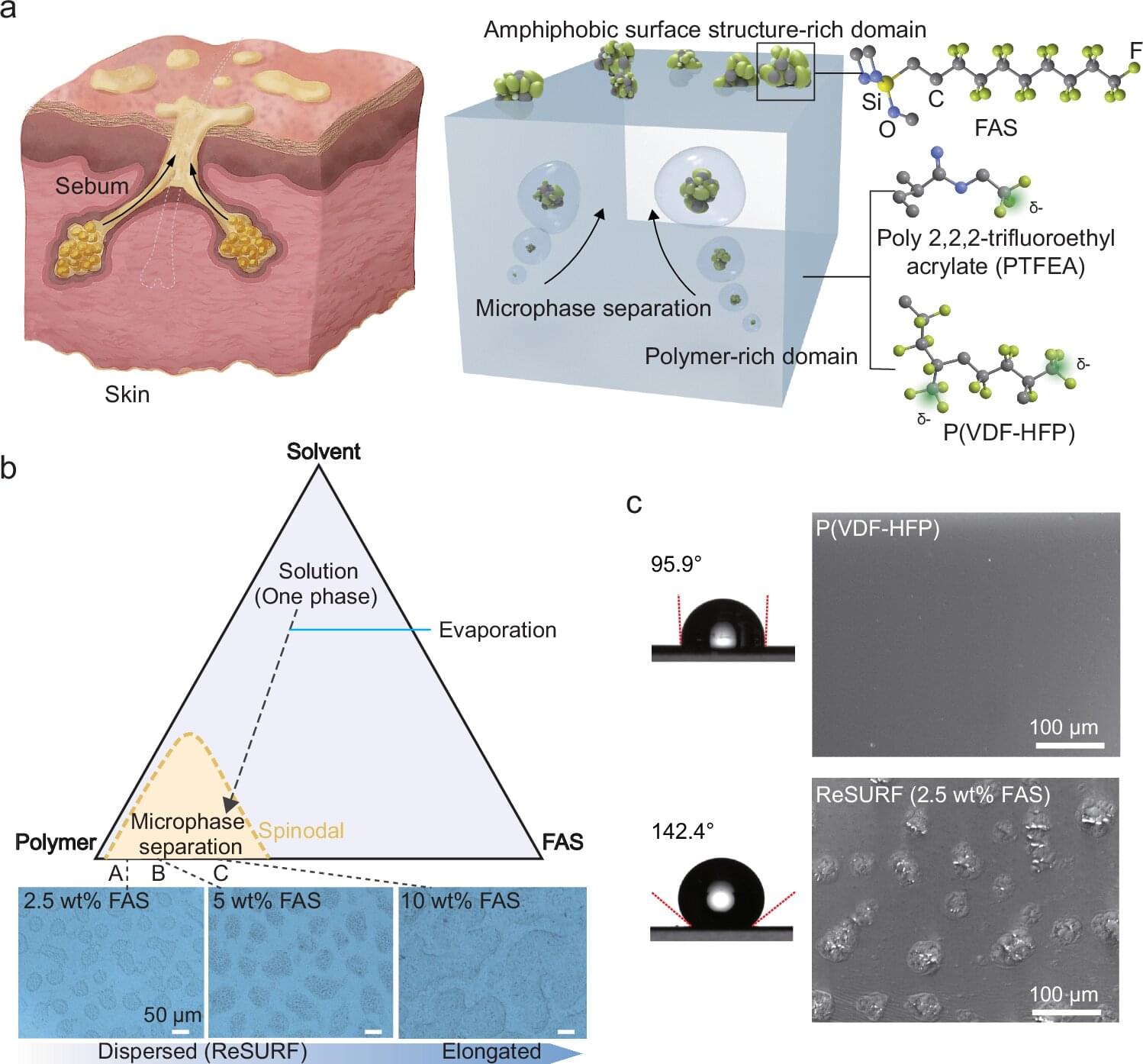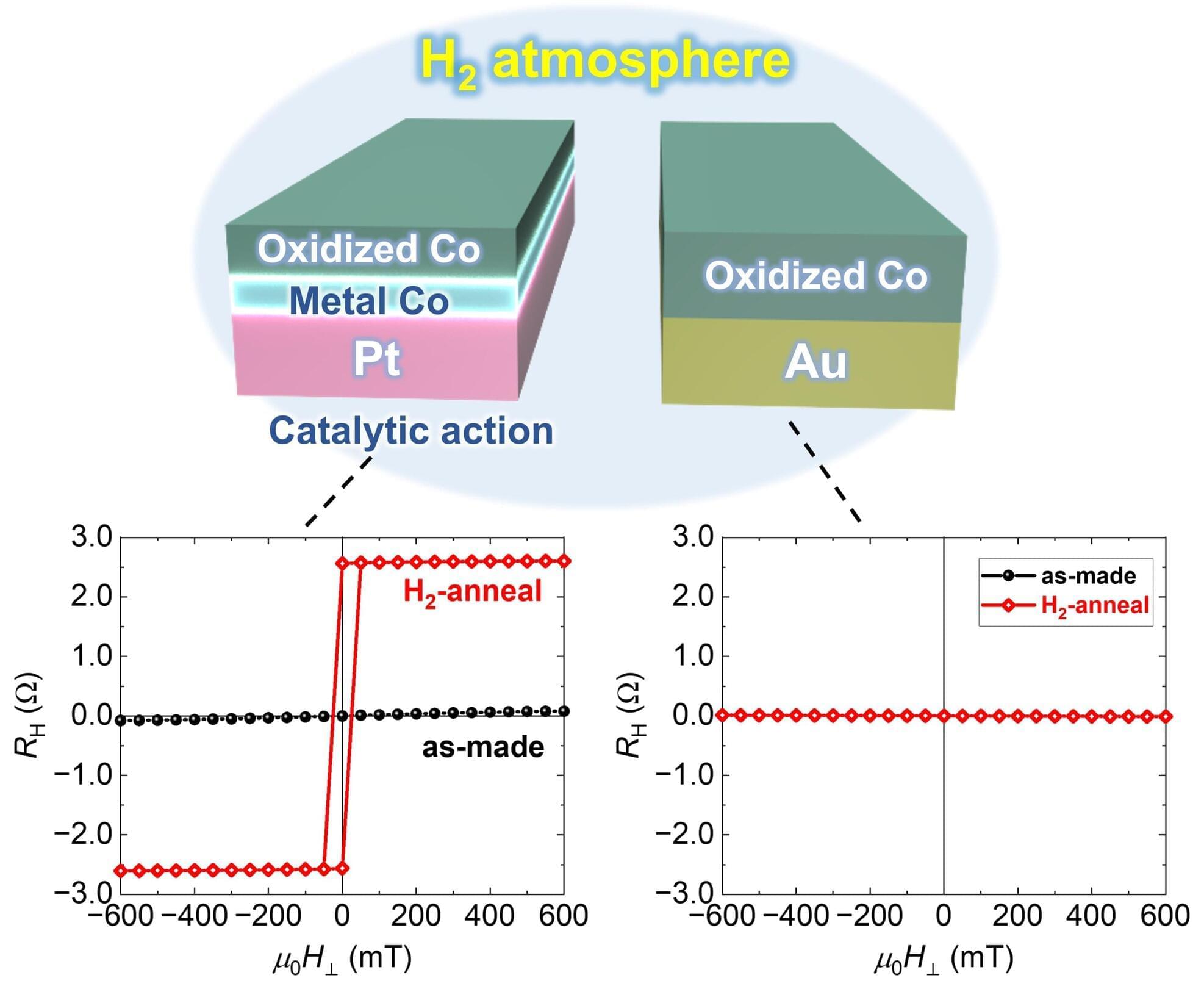Semiconductor processing is notoriously challenging. It is one of the most intricate feats of modern engineering due to the extreme precision required and the hundreds of steps involved, such as etching and layering, to make even a single chip.



Imagine you are about to confront a friend about a hurtful comment she made and are trying to predict her response. Depending on what you know about your friend, you might infer that she will understand where you’re coming from and apologize, get defensive, or respond with criticism of you.
This process of trying to predict other people’s beliefs, intentions, and emotions is known as mentalizing, and the dorsal medial prefrontal cortex (DMPFC) is one of the key brain regions that make up what is known as the “mentalizing network.” Studies have shown that the network is more engaged during mentalizing than when people make other kinds of inferences, such as about objects—like the comfort of a chair—or human physical traits.
But new research from psychologists at the University of Pennsylvania challenges the interpretation of these findings by highlighting a confounding variable in DMPFC activation: uncertainty.

Clean, safe water is vital for human health and well-being. It also plays a critical role in our food security, supports high-tech industries, and enables sustainable urbanization. However, detecting contamination quickly and accurately remains a major challenge in many parts of the world.
A new device developed by researchers at the National University of Singapore (NUS) has the potential to significantly advance water quality monitoring and management.
Taking inspiration from the biological function of the oily protective layer found on human skin, a team of researchers led by Associate Professor Benjamin Tee from the Department of Materials Science and Engineering in the College of Design and Engineering at NUS translated this concept into a versatile material, named ReSURF, capable of spontaneously forming a water-repellent interface.

Modern low-power solutions to computer memory rely heavily on the manipulation of the magnetic properties of materials. Understanding the influence of the chemical properties of these materials on their magnetization ability is of key importance in developing the field.
A study published in Applied Physics Letters, led by researchers from SANKEN at The University of Osaka, has revealed a technique for recovering magnetism in a degraded spintronics device. This method can be applied to improve the robustness of next-generation semiconductor memory.
Spintronics exploits the spin (and charge) of electrons to process and store memory, and this is achieved practically by stacking layers of thin material films that behave differently under the influence of a magnetic field.

Ahh, summer, a time of vacations at the beach or mountains—and sky-high electricity bills as your air conditioner labors against the heat and humidity.
But what is the optimal temperature setting for your air conditioner?
And how does your body adapt to heat?
Northeastern University’s Stefan Kautsch, a teaching professor in physics, explains heat transfer and how the concepts he discusses in the classroom can also help humans survive sweltering temperatures.

I’ve always been fascinated by how materials break down, especially glasses and polymers that don’t have a regular crystal structure. Unlike crystals, where we understand plasticity through things like dislocations, amorphous materials like glasses are messier. There’s no neat lattice to analyze, so figuring out where and how they deform under stress is a big open question.
In two dimensions, researchers, including my research group and myself, have started using a topological approach—looking at vortex-like patterns in how atoms move or vibrate—to identify weak spots in glasses. This also included slicing 3D glasses to find topological defects in the two-dimensional slices. That got me wondering: Could we do something similar in three dimensions, and, crucially, without having to slice the glass into 2D layers?
In this work published in Nature Communications, together with my postdoc Dr. Arabinda Bera, who performed the analysis, and with my longtime collaborator Prof. Matteo Baggioli, we show that we can. We use a kind of topological defect called a hedgehog, which is a point-like distortion in a vector field—like when tiny arrows in space all point outward or inward, just like the spines of a hedgehog. These kinds of defects are well-known in soft matter physics, particularly in liquid crystals, but we hadn’t seen them applied to 3D amorphous solids before.

The first results of the ETH Zurich and ANSTO collaboration focused on silicon carbide (SiC) devices have been reported in two publications.
Dr. Corinna Martinella, formerly a senior scientist at ETH Zurich, said in a LinkedIn post that the research advances an understanding of the basic mechanisms of radiation damage in SiC power devices exposed to heavy ions.
An article in IEEE Transactions on Nuclear Science describes the testing of how commercial silicon carbide (SiC) power devices, including MOSFETs and Junction Barrier Schottky (JBS) diodes, respond to space-like radiation at a microscopic level.
Astronomers at the W. M. Keck Observatory on Maunakea, Hawaiʻi Island have detected unexpected signals from a nearby star, revealing insights that challenge current ideas about stellar behavior.
Using the Keck Planet Finder (KPF), the observatory’s most advanced instrument, the team measured oscillations within the star, subtle vibrations once thought undetectable. The results, published in The Astrophysical Journal.

